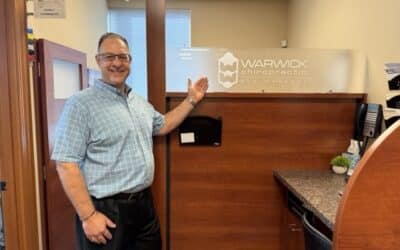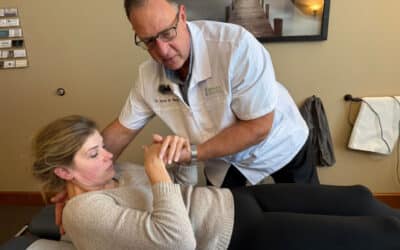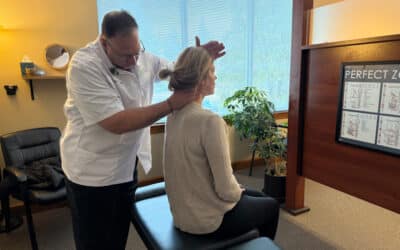The Causes of Low Back Pain
An extremely common condition that up to 50% of the adult population in the US will have is low back pain (LBP). More specifically, this group will undergo LBP in a three month period over the run of a year. Not only that, but low back pain can linger for months and years to come, drastically lowering an individual’s way of life. Warwick Chiropractic in Lacey will show you where exactly LBP branches from.
The Mechanic of Low Back Pain
Just underneath the last rib continuing to the sacrum, the body has five lumbar vertebrae. “Vertebral bodies” which are wide, box-shaped, and able to hold heavy weight makes up the front of the vertebral column. Linking these vertebral bodies are “intervertebral disks.” These have a durable outer layer and have the capacity to consume vertical loaded pressure because of their fluid-like center.
The middle of the vertebra throughout the spinal canal is where the spinal cord runs. At each spinal level, nerves have the ability to exit.
The spinal cord is protected at the back of the vertebra. Each side contains two facet joints, which enable us to bend our bodies forward, backwards, and sideways.
The sacrum is in between the pelvis wings, the ilia, and forms the sacroiliac joint, but sits just below the lumbar spine. The sacroiliac joint was thought to be non moving for many years, but recently research found that the joint not only moves, but could possibly be the predominant pain maker in over a quarter of LBP cases.
All of the these anatomical structures could be the main low back pain causes, so giving the patient’s symptoms can greatly aid a chiropractor in figuring out the problem. For instance, if a patient signifies back pain that shoots down the leg when bent over and is relieved when bending backwards, it is most likely a disk pinching a nerve in the low back.
In this specific case, it is crucial that the nerves that run down the leg are inspected, because if pressure exceeds for too long, the nerve could possibly become damaged. Your chiropracter may ask you to test if you are able to feel sensations on the skin, check your knee and heel reflexes, and walk on your heels and toes. If these tests uncover loss of function, the pinch on the nerve will be removed in order to repair leg strength and sensation.
On the contrary, if a patient feels pain bending backwards and relief bending forward, the sacroiliac joint and or the facet joints may be the problem.
What to do with your low back pain
If you are suffering from low back pain, then please give us a call 360 951 4504 and make an appointment. You can also make an appointment online (click the link on top of this page) or simply come on in whenever you can as we are walk in friendly.

Dr. David Warwick, DC, is a board-certified chiropractor with over two decades of experience helping people find fast, effective relief from back and neck pain. He is the only chiropractor in Lacey, WA certified in the Zone Technique — a specialized healing method that restores balance to the body’s six systems for long-term wellness.
At Warwick Chiropractic & Massage, Dr. Warwick focuses on short-term, results-driven care, helping patients return to life without unnecessary long-term treatment plans. His clinic welcomes walk-ins and offers convenient online scheduling for modern, flexible chiropractic care.
Dr. Warwick is committed to educating his patients and the public about natural pain relief, spinal health, and how chiropractic care can be both simple and life-changing.







